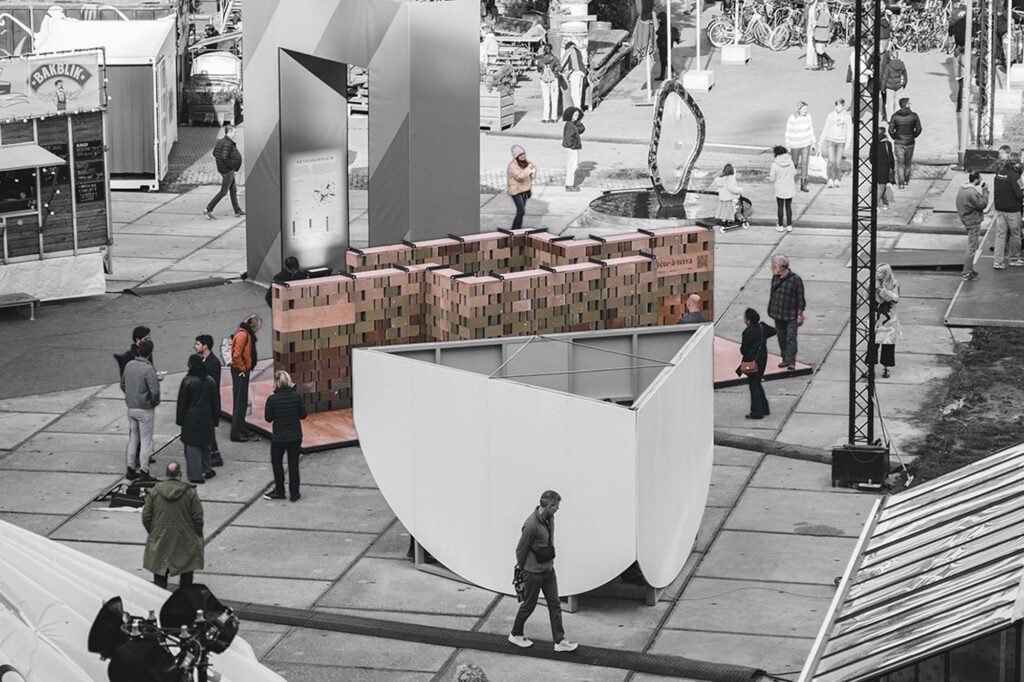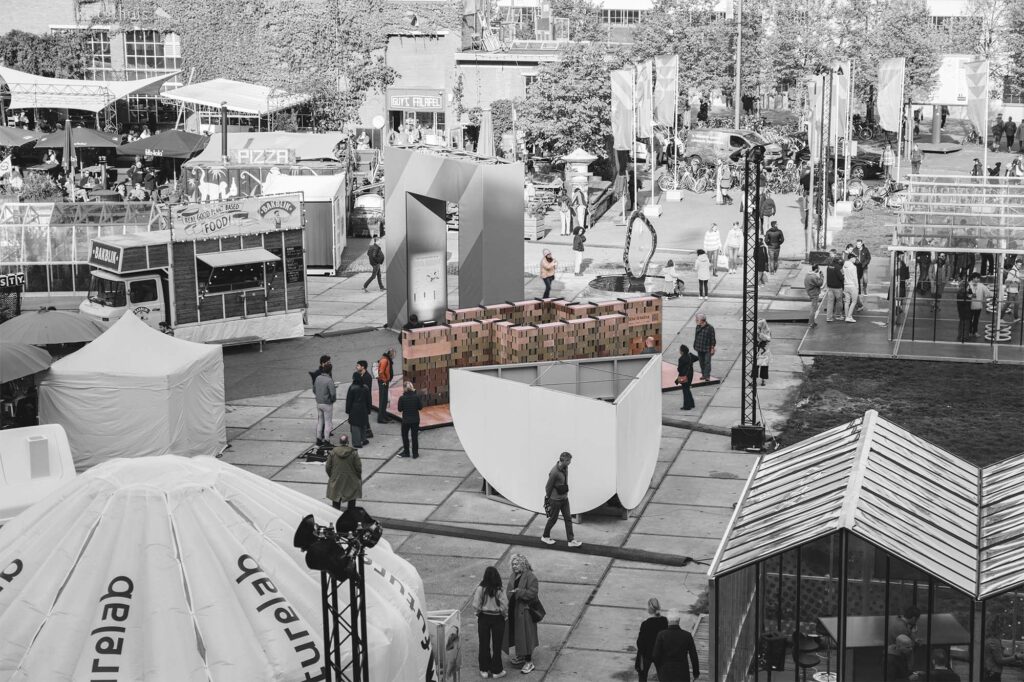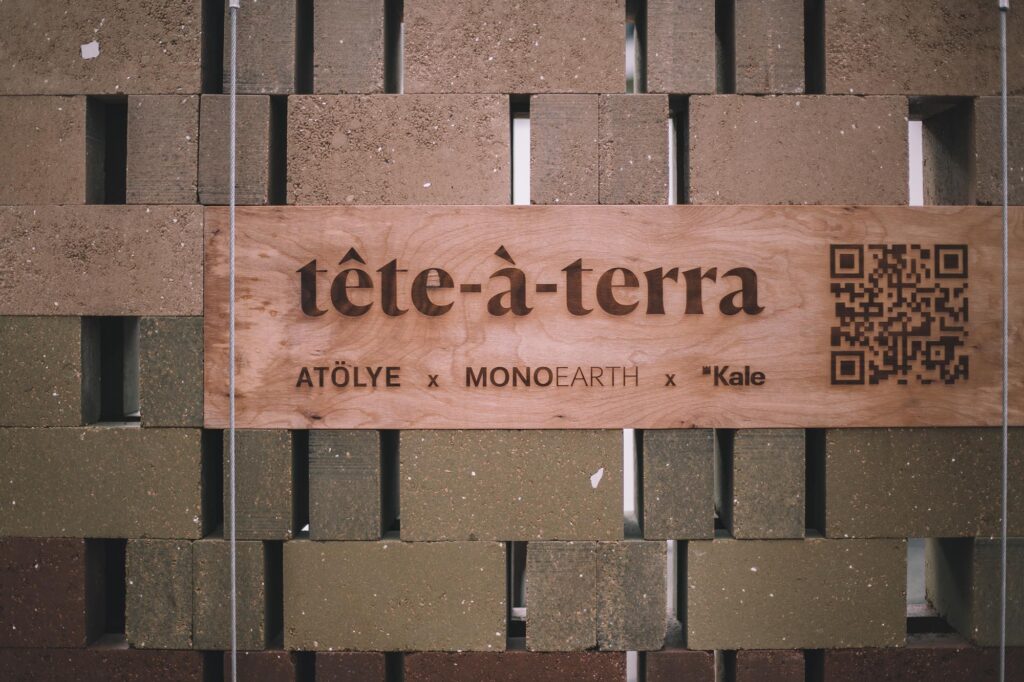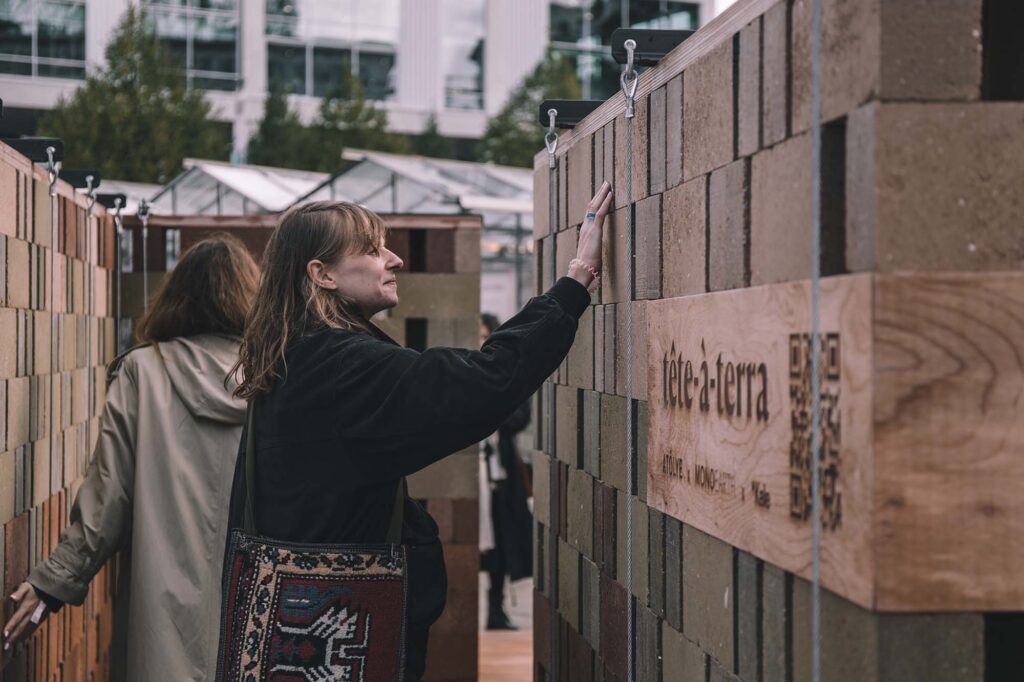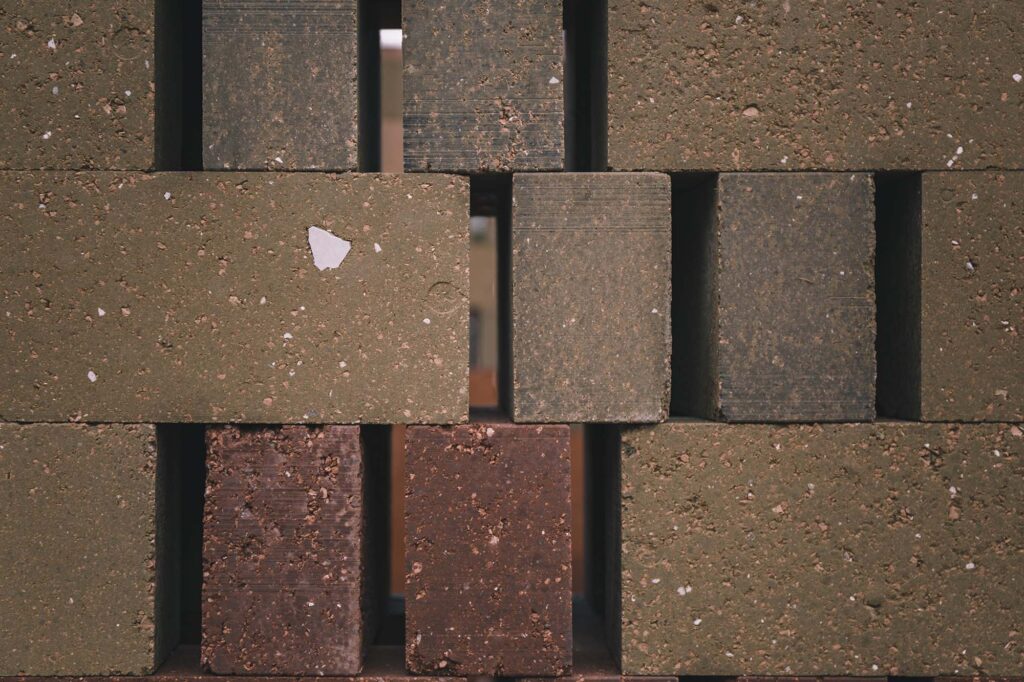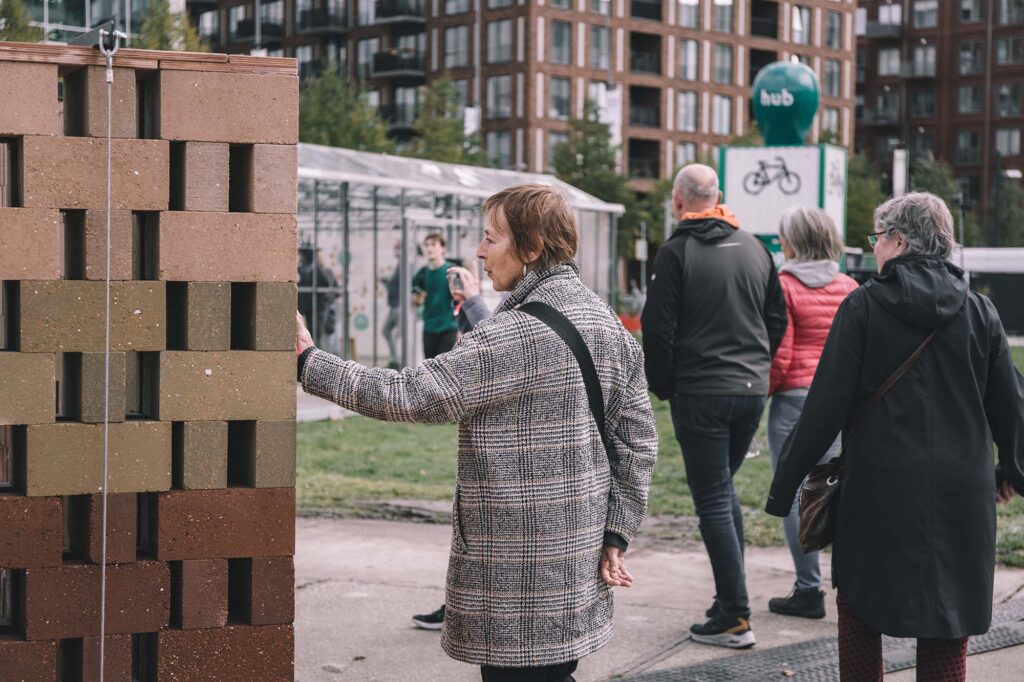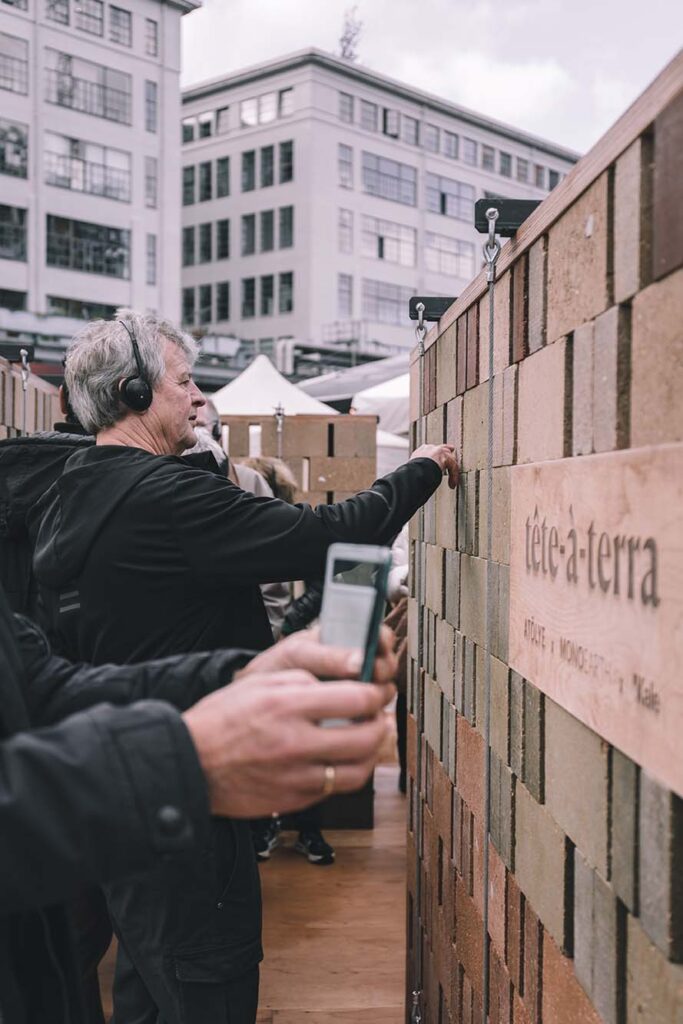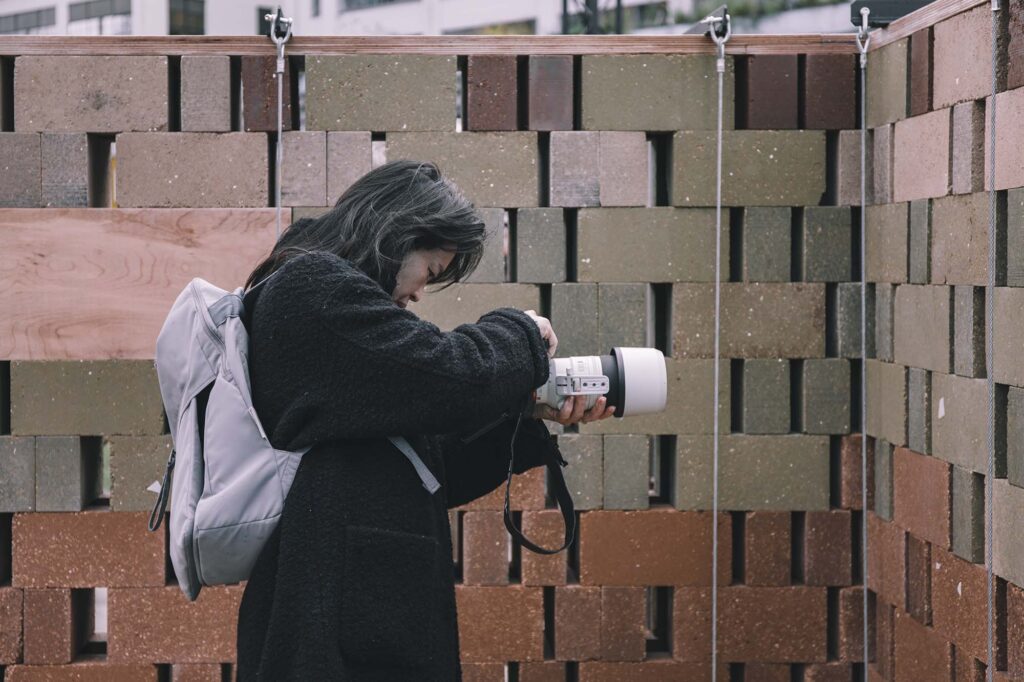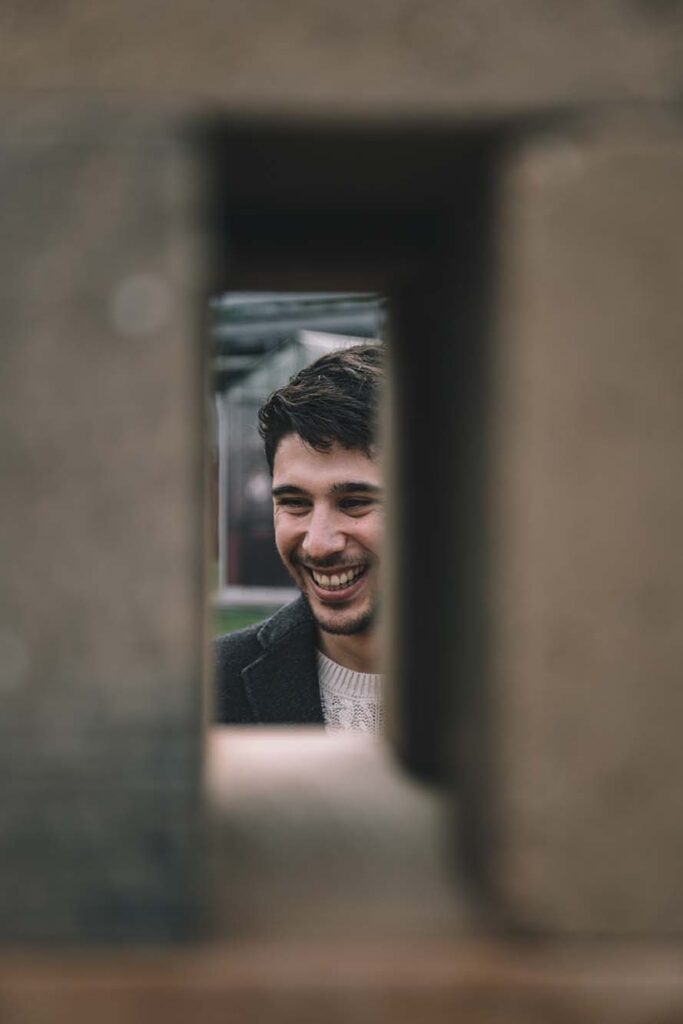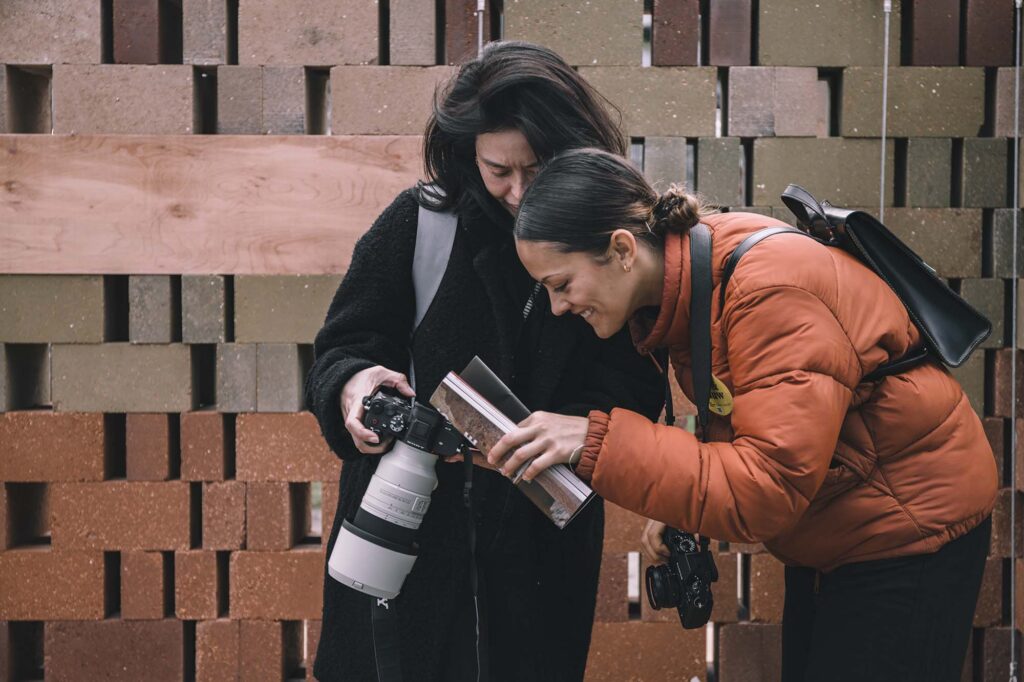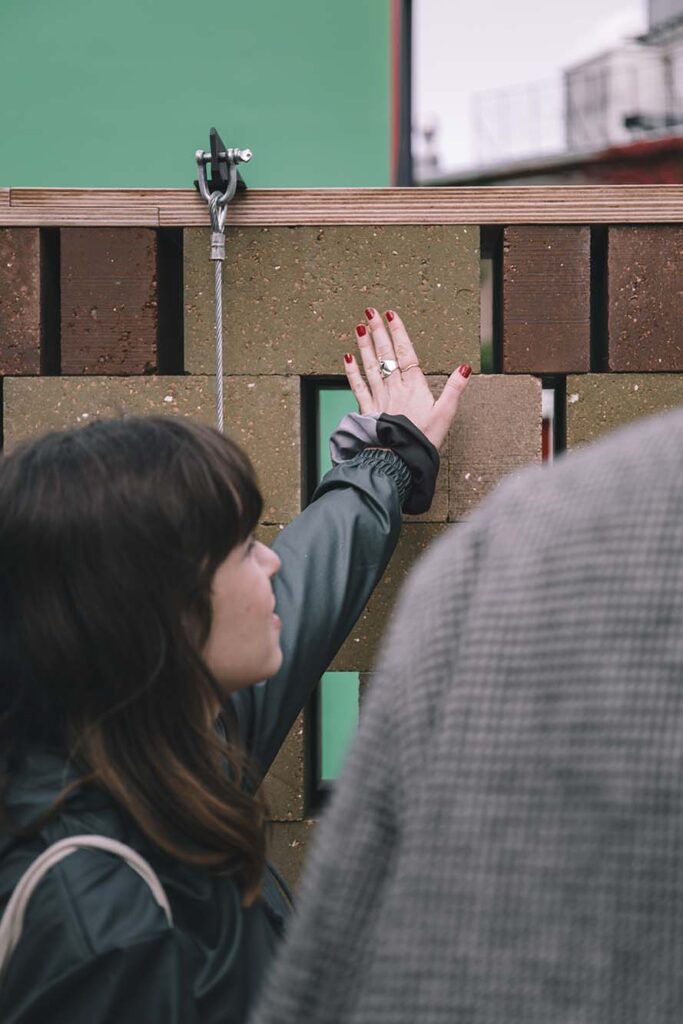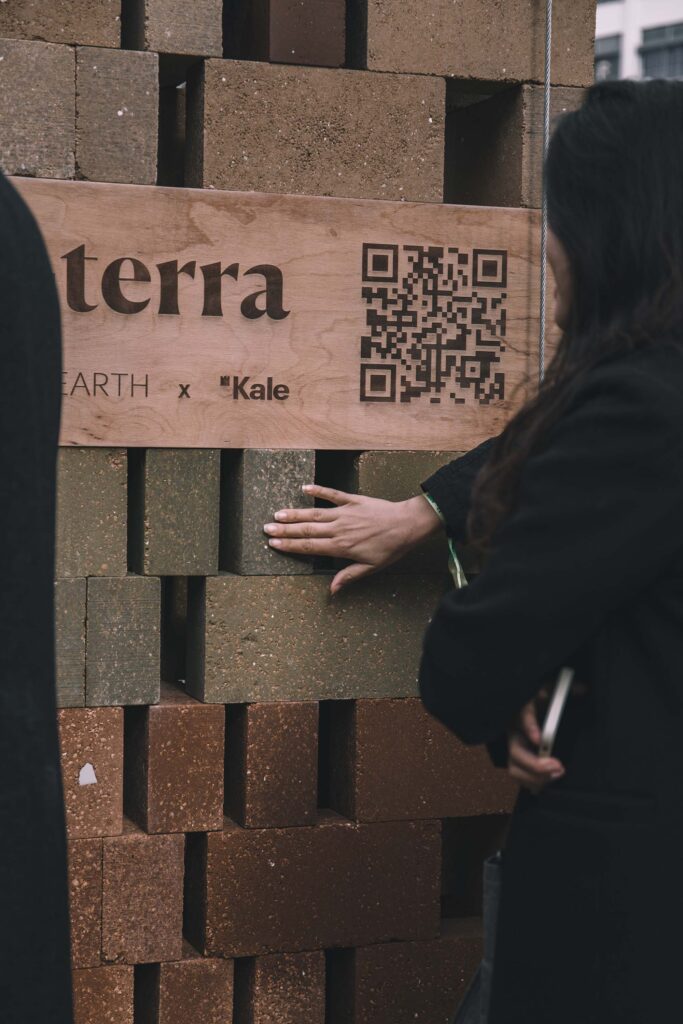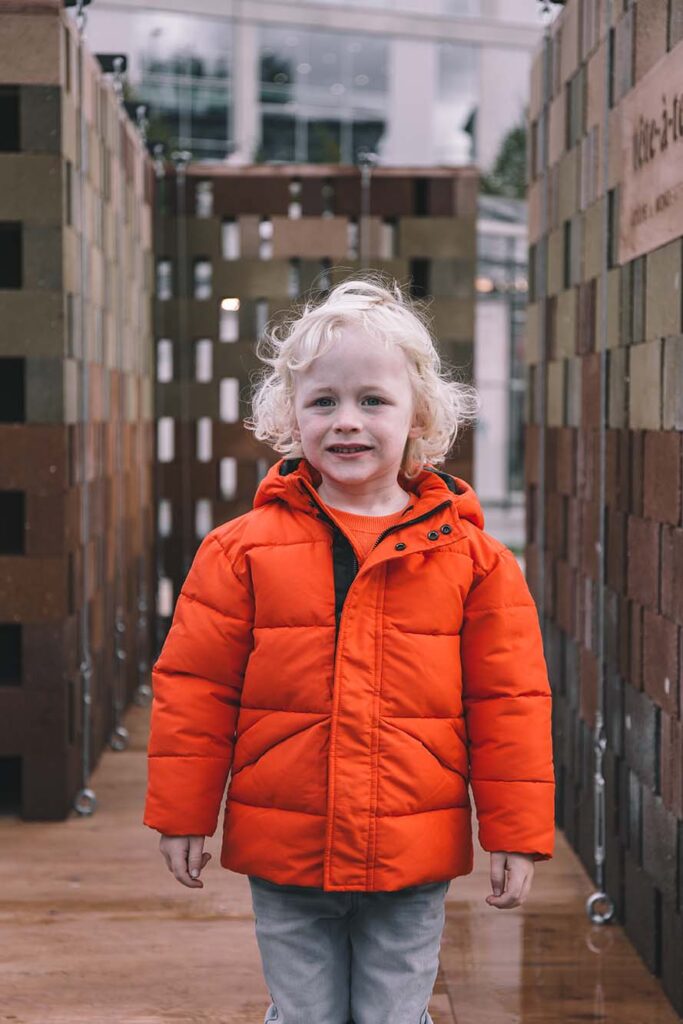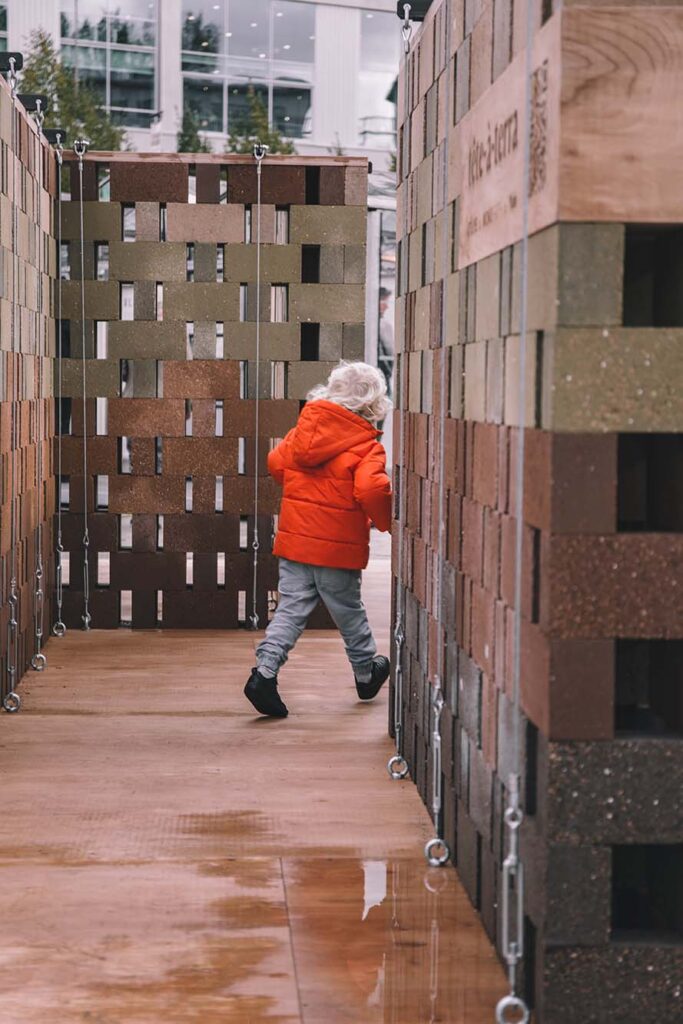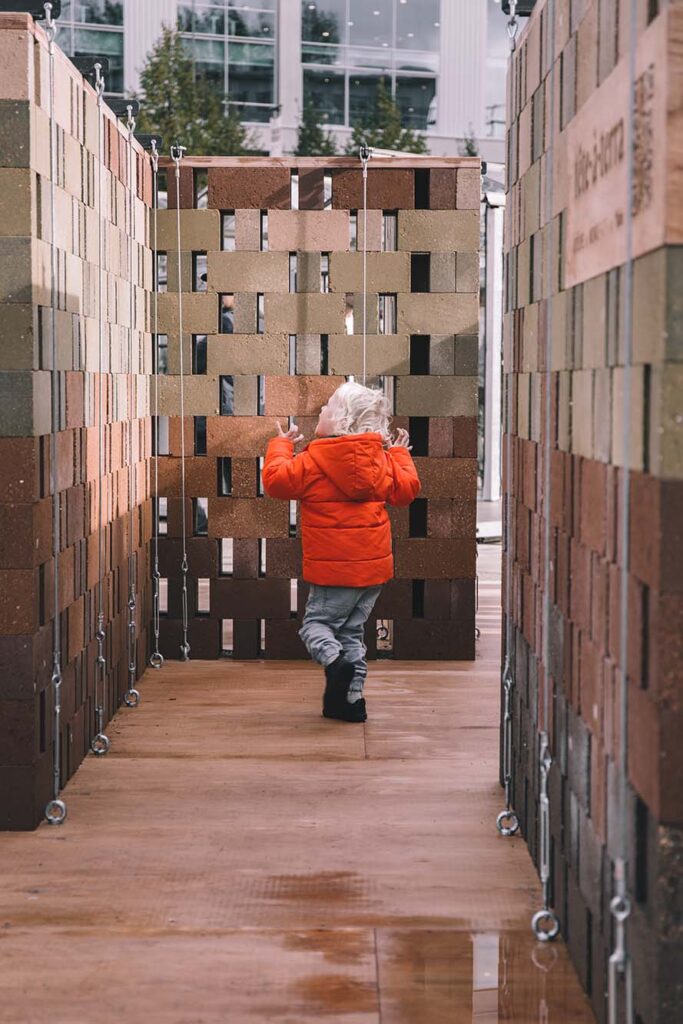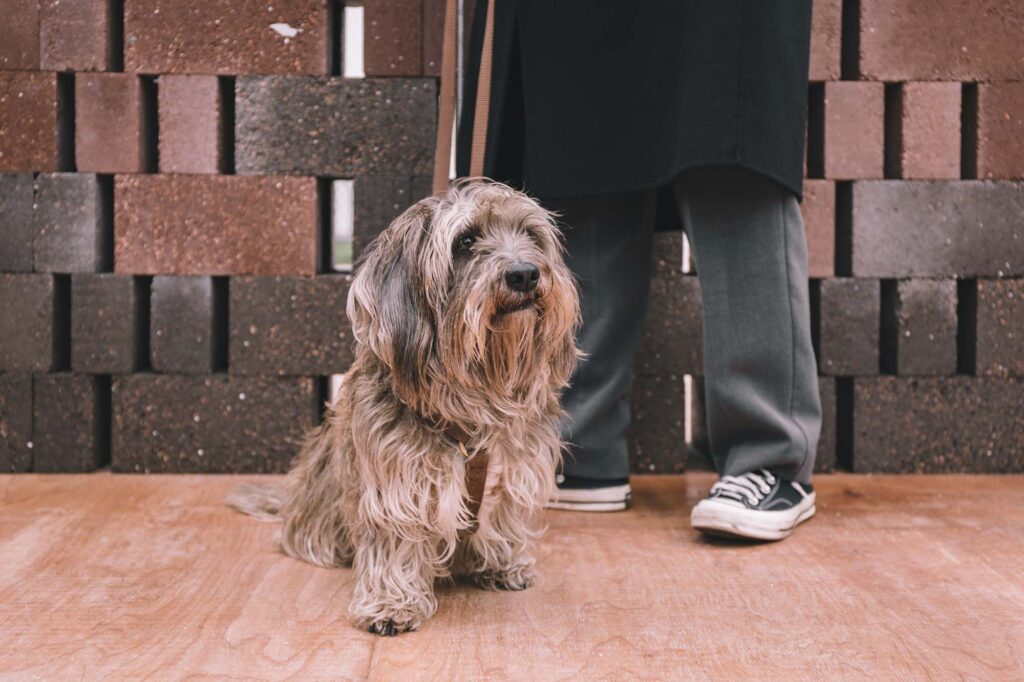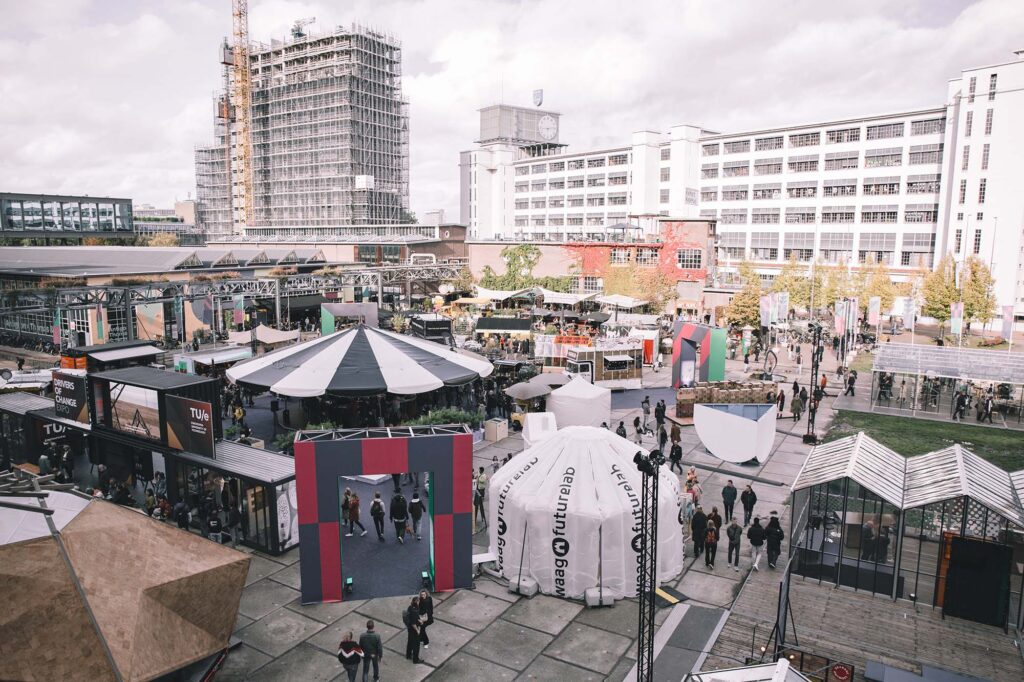Dutch Design Week 23′
Tête-à-Terra is where nature’s vastness meets human design. Created in collaboration with Mono Earth and Kalebodur, by combining the unique soils of Cappadocia with waste fragments from ceramic production, it is a space for random encounters and moments of pause.
Tête-à-Terra is our way of celebrating life, culture, art, dialogue, and hope.
As you step into its intimate shelter, the stacked bricks form opposing surfaces that offer diverse vistas, captivating the eye with beauty and inspiring us to create a more harmonious and sustainable future.
Within the project’s essence, it becomes evident Tête-à-Terra is also a clarion call for the present and the future. In a world increasingly driven by progress and technological advancements, the pavilion invites us to pause and reconnect with the natural world, serving as a sanctuary where individuals can find solace, groundedness, and support.
Tête-à-Terra’s primary objective is to cultivate an environment that encourages meaningful human interactions while underscoring the need to shift our perspectives, recalibrate our priorities around sustainability, and realize the potential of regenerative design through the lens of global and local communities.
Atölye Architecture x Mono Earth x Kalebodur.
Tête-â-Terra is an installation created through the collaboration of Atölye Architecture, Mono Earth, and Kalebodur. It combines the soils of Turkey’s Cappadocia region with waste fragments from ceramic production, transforming these materials into building blocks that create a spatial experience.
Emerging from ongoing dialogue and a shared innovative approach among the three teams, the installation aims to raise awareness about transitioning to sustainable practices. By looking at how building materials have been produced for centuries and adopting an innovative approach, it presents an environmentally smart and low-carbon footprint example.
The compressed earth blocks resulting from this innovative process come together to transform into a space that invites people to listen to its own story. While the two walls forming the installation define an intimate space for chance encounters, they also provide visitors with an opportunity to slow down for a moment and encourage individual interaction, creating an environment that fosters connection with the natural world.
Presented during the Dutch Design Week 23′ on Ketelhuisplein in the Strijp-S area for eight days, the installation represents a meeting point between the future of design and the design of the future. Comprising 1200 blocks made from soils collected from seven different regions of Cappadocia, they assemble into a temporary structure within a perforated wall without mortar. The connection between the walls and the ground is ensured by repeated metal tensioning systems, allowing for the installation to be re-experienced in various spaces and locations. Initially designed as a temporary exhibition, the installation met visitors during the Dutch Design Week 23 in Eindhoven in 2023, representing Turkey from October 22 to October 28, 2023. The second phase of the installation is planned to take place this year in Istanbul.
